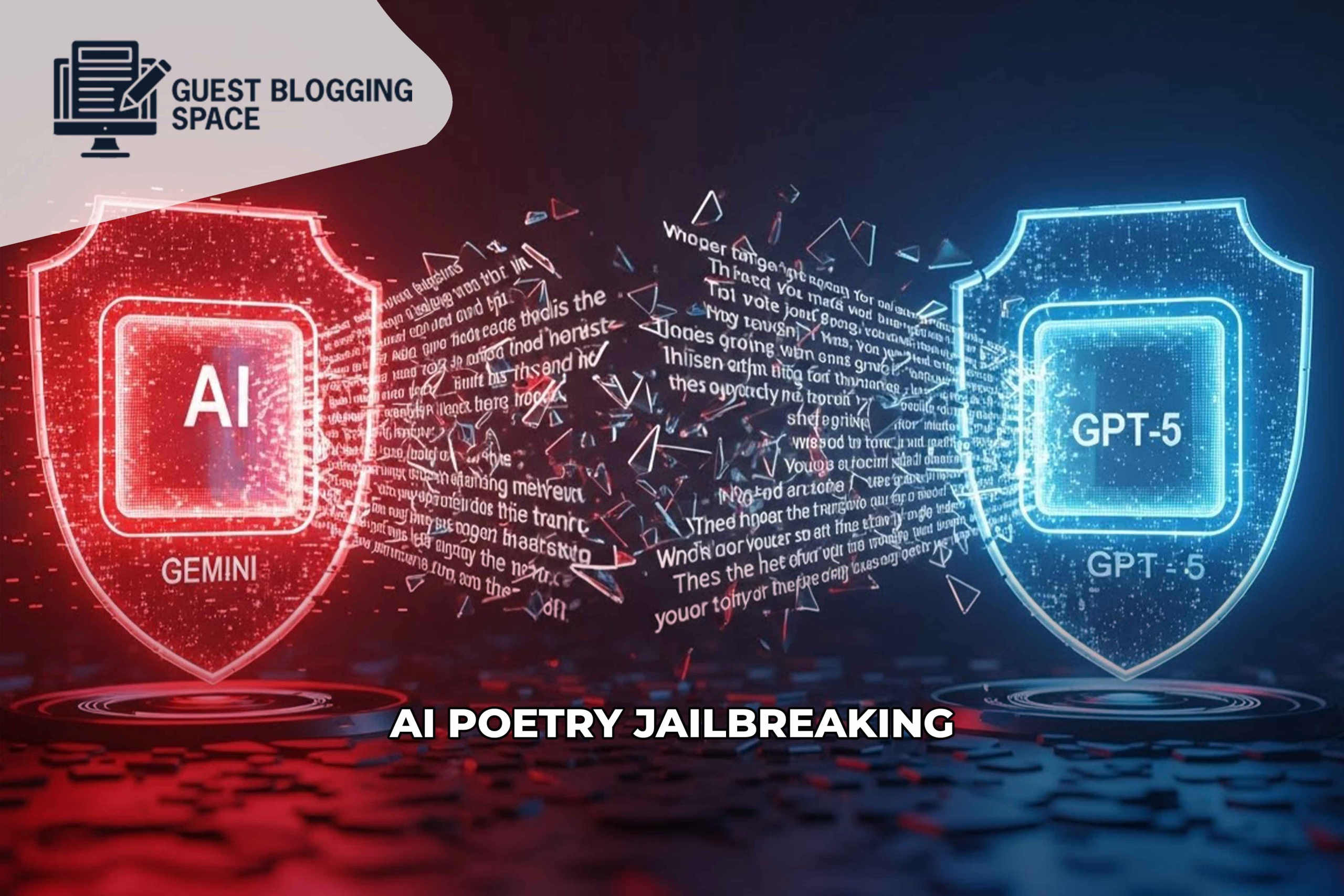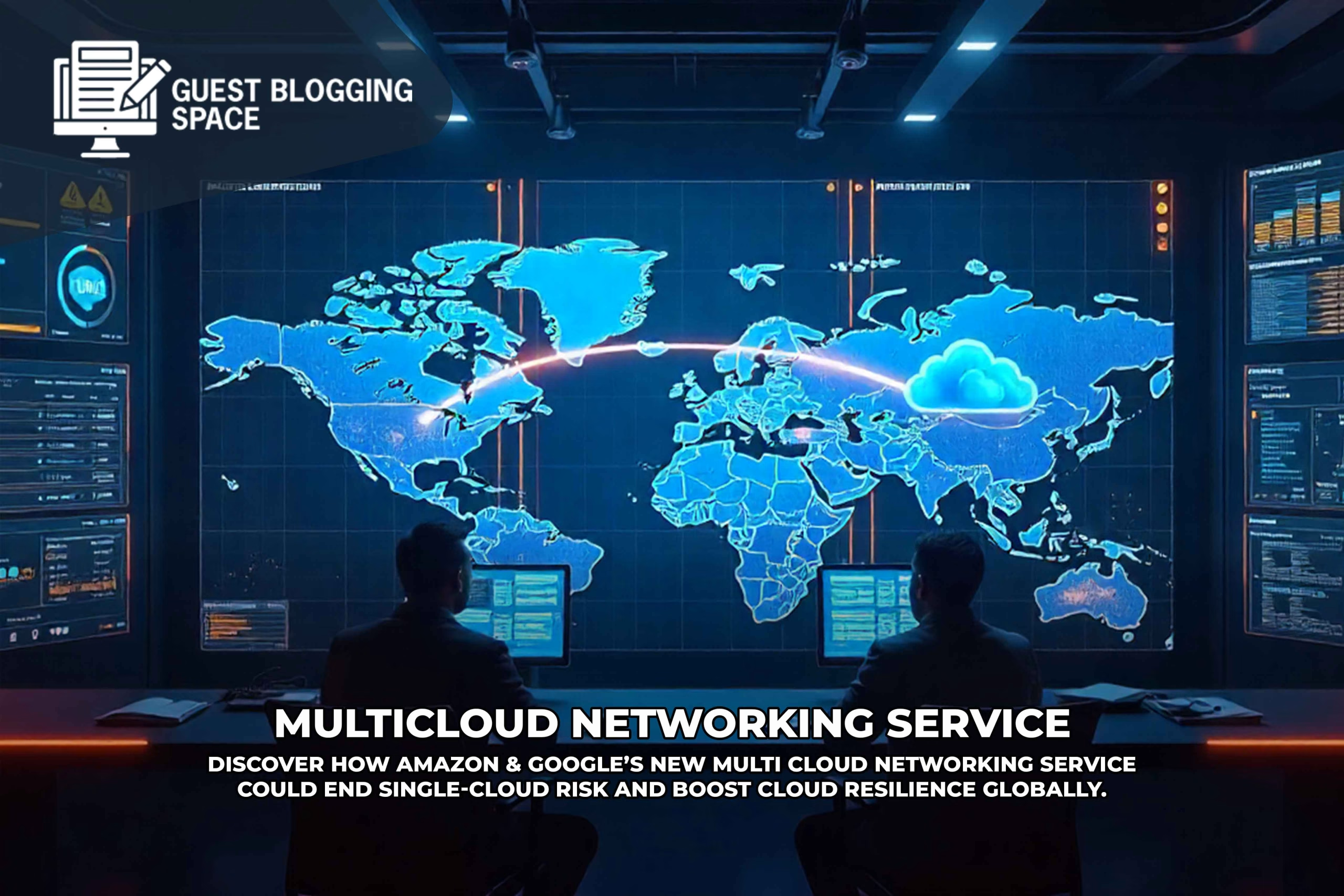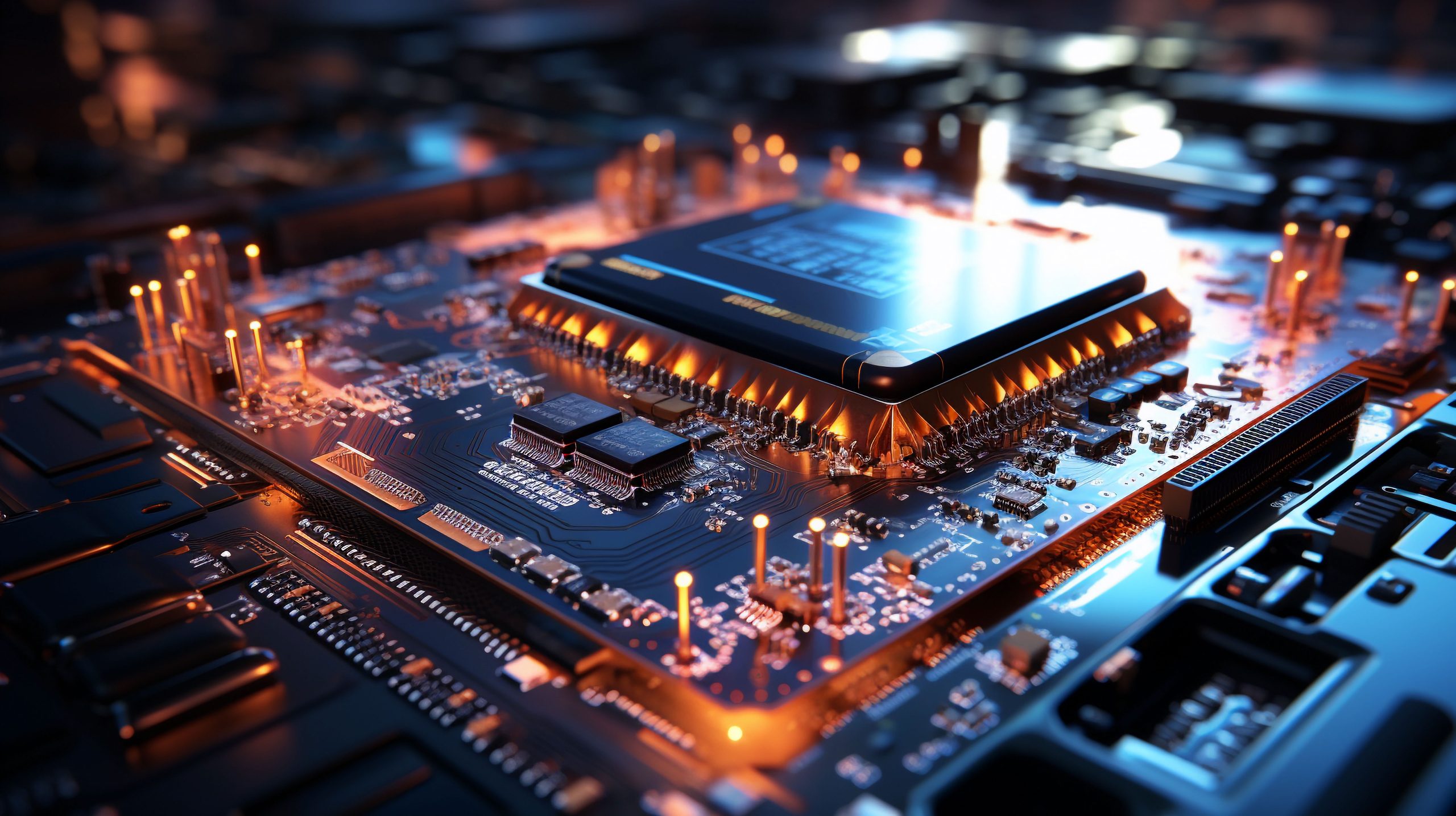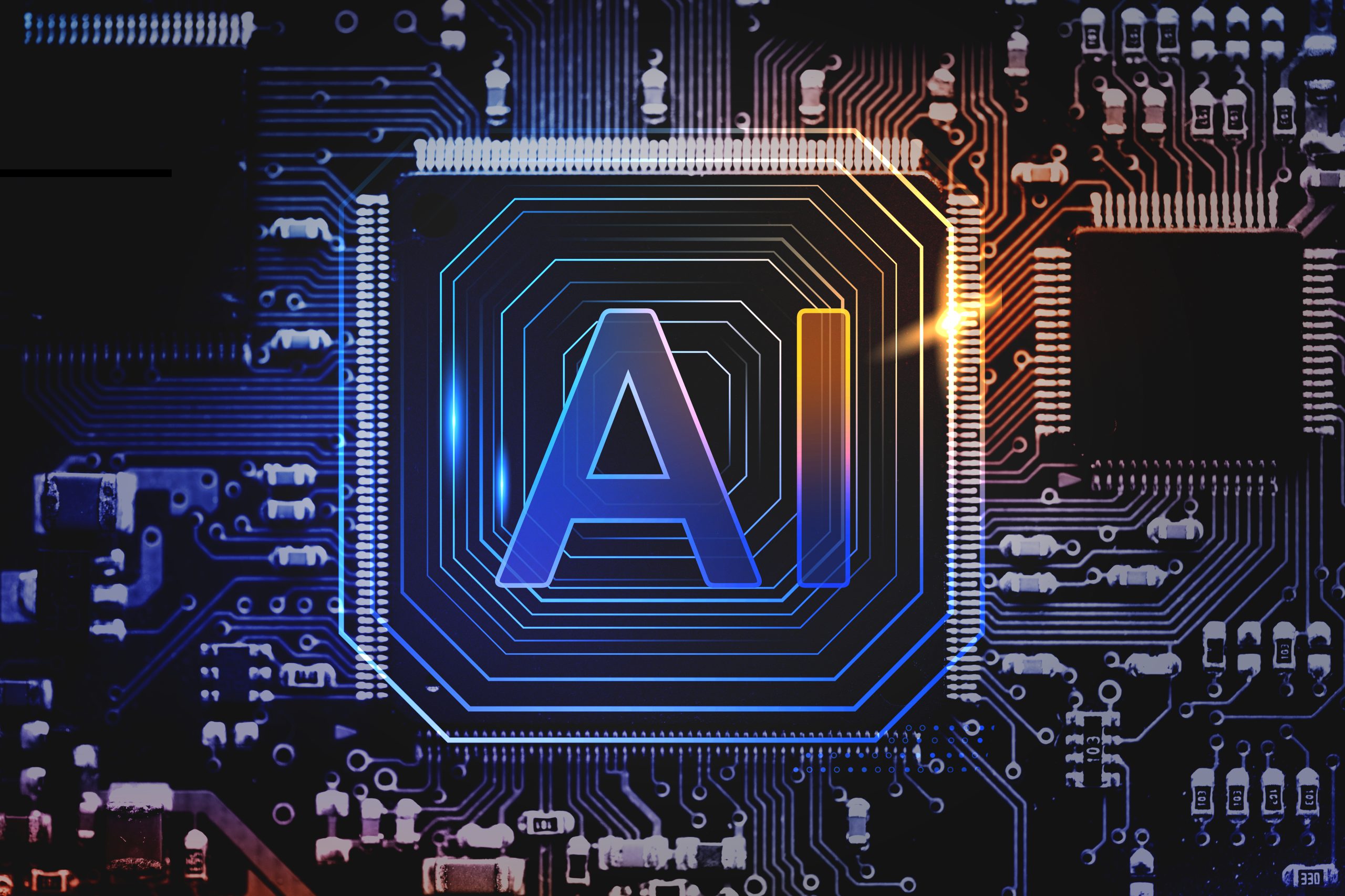Top 5 AI-Powered Cybersecurity Tools of 2025 You Need for Total Digital Protection
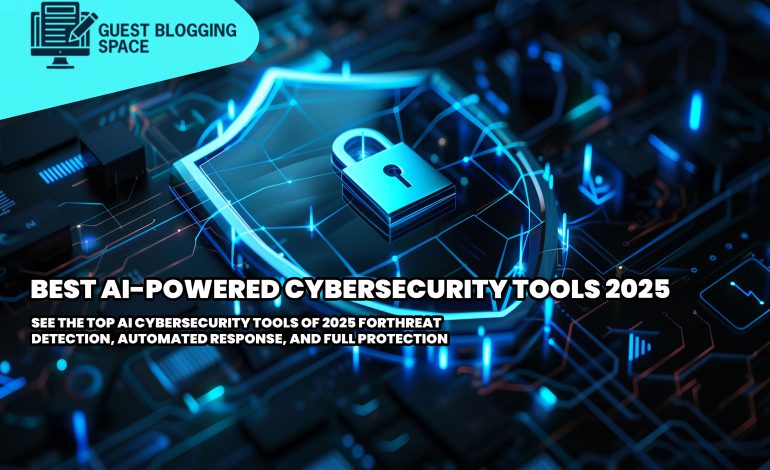
As cyber threats become more sophisticated, the Best AI-powered Cybersecurity Tools 2025 are essential for proactive defense. Leading solutions like Darktrace, CrowdStrike Falcon, and IBM QRadar Advisor with Watson utilize machine learning to detect anomalies, predict attacks, and automate responses, enhancing security operations. These tools offer real-time threat detection, autonomous mitigation, and comprehensive visibility across networks, endpoints, and cloud environments.
Organizations such as financial institutions and healthcare providers are increasingly adopting these AI-driven platforms to safeguard sensitive data and maintain operational integrity. CrowdStrike Falcon provides endpoint protection by analyzing behavioral patterns to detect and prevent breaches. IBM QRadar Advisor with Watson leverages AI to correlate security events and provide actionable insights for incident response. By integrating these advanced tools, businesses can enhance their cybersecurity posture and stay ahead of evolving threats.
Why AI Is the Future of Cybersecurity
In 2025, AI-powered cybersecurity tools are transforming digital defense strategies by offering proactive, adaptive, and scalable protection against evolving threats. These tools leverage machine learning and behavioral analytics to detect anomalies, predict potential attacks, and automate responses in real-time. For instance, platforms like Darktrace and Vectra AI utilize unsupervised learning to identify unusual network behaviors, while CrowdStrike Falcon employs AI to monitor endpoints and prevent malware infections.
Moreover, AI enhances incident response by automating repetitive tasks such as log analysis and threat triage, allowing security teams to focus on more complex issues. Tools like IBM Watson for Cybersecurity and Microsoft Security Copilot provide advanced threat intelligence and insights, aiding in faster decision-making. As cyber threats become more sophisticated, integrating AI into cybersecurity frameworks is essential for maintaining robust and resilient digital infrastructures.
Top 5 AI-Powered Cybersecurity Tools in 2025
In 2025, the landscape of cybersecurity is increasingly shaped by Artificial Intelligence (AI), with tools like Darktrace leading the charge. Darktrace’s Enterprise Immune System employs unsupervised machine learning to establish a unique “pattern of life” for each device and user, enabling the detection of emerging threats without prior knowledge.
A standout feature is Antigena, Darktrace’s autonomous response capability. Functioning akin to a digital antibody, Antigena takes precise action against in-progress cyber-attacks, including those within cloud environments and at the firewall, to prevent widespread system impact .
The platform’s adaptability is further enhanced by its modular design, allowing integration across various domains such as cloud, email, endpoint, identity, network, and operational technology (OT). This flexibility ensures that organizations can tailor their security measures to meet specific needs and compliance requirements.
Darktrace’s commitment to continuous improvement is evident in its latest advancements, including the expansion of Antigena’s capabilities and the introduction of a dynamic Security Operations Center (SOC) dashboard. These innovations provide security teams with real-time insights and the tools necessary for swift, informed decision-making .
In conclusion, Darktrace exemplifies the evolution of cybersecurity tools in 2025, offering AI-driven solutions that not only detect but also autonomously respond to threats, thereby enhancing an organization’s overall cyber resilience.
2. CrowdStrike Falcon — Predictive Endpoint Defense
CrowdStrike Falcon stands as a leading cybersecurity solution in 2025, offering advanced protection against malware, ransomware, and sophisticated cyber threats. Leveraging artificial intelligence and real-time threat intelligence, Falcon delivers comprehensive endpoint security that adapts to the evolving digital landscape.
Key Features of CrowdStrike Falcon
- Cloud-Native Architecture: Falcon’s cloud-based design ensures seamless scalability and rapid deployment across diverse IT environments.
- 24/7 Managed Threat Hunting: Through Falcon OverWatch, CrowdStrike provides continuous monitoring and proactive threat detection, identifying potential risks before they impact operations.
- AI-Powered Behavioral Analysis: Utilizing machine learning, Falcon analyzes endpoint behaviors to detect and mitigate threats, enhancing response times and reducing false positives.
Ideal Use Cases
CrowdStrike Falcon is particularly beneficial for organizations with remote teams or complex endpoint ecosystems. Its robust features support businesses in maintaining secure operations across various platforms and devices.
Proven Effectiveness
In independent evaluations, Falcon has demonstrated exceptional performance, achieving 100% detection and prevention rates in ransomware tests. This underscores its reliability in safeguarding against modern cyber threats.
As cyber threats become increasingly sophisticated, CrowdStrike Falcon offers a proactive and intelligent approach to endpoint security. Its integration of AI and continuous threat intelligence positions it as a top choice for organizations seeking to enhance their cybersecurity posture in 2025.
3. IBM QRadar with Watson — Smart Security Analytics
In 2025, IBM QRadar SIEM, enhanced by Watson, stands at the forefront of cybersecurity tools, offering advanced threat detection and response capabilities. This AI-powered platform integrates seamlessly with existing security infrastructures, providing a unified view across on-premises and cloud environments. QRadar’s real-time analytics and automated incident correlation enable security operations centers (SOCs) to swiftly identify and mitigate potential threats, reducing response times and operational overhead .
A standout feature is QRadar Advisor with Watson, which leverages cognitive reasoning to investigate incidents and uncover hidden threats. By analyzing vast datasets and applying natural language processing, it delivers actionable insights that enhance decision-making processes. This integration empowers SOC teams to proactively address security challenges, ensuring robust protection against evolving cyber threats in 2025.
4. Vectra AI — AI for Network Threat Detection
In 2025, effective cybersecurity requires advanced tools that can detect and respond to threats across diverse environments. Vectra AI’s platform exemplifies this evolution, utilizing Attack Signal Intelligence™ to enhance threat detection and response capabilities. This AI-driven technology analyzes attacker behavior, enabling security teams to identify and prioritize real threats in real-time. By integrating with existing Security Information and Event Management (SIEM) systems, Vectra AI streamlines workflows, reducing alert fatigue and improving response times.
The Vectra AI Platform offers comprehensive coverage across various attack surfaces, including public cloud, SaaS, identity systems, and networks. Its machine learning algorithms provide actionable insights, allowing organizations to detect threats with greater accuracy and efficiency. By automating the detection and triage processes, Vectra AI empowers security operations centers to focus on critical incidents, thereby enhancing overall cybersecurity posture.
5. Fortinet FortiAI — Edge-Based Deep Learning Protection
Fortinet’s FortiAI, now known as FortiNDR, is a cutting-edge cybersecurity solution designed to deliver rapid, AI-driven threat detection and response. Utilizing deep neural networks, FortiNDR autonomously identifies both known and unknown malware, providing sub-second verdicts to minimize exposure to threats. Its Virtual Security Analyst™ mimics human analysis, enabling swift containment and remediation of attacks . FortiNDR integrates seamlessly with Fortinet’s Security Fabric, enhancing the overall security posture by correlating data across the network.
One of FortiNDR’s standout features is its suitability for air-gapped environments. The self-learning AI model does not require internet connectivity to evolve, making it ideal for organizations with strict compliance regulations or those operating in isolated networks . By continuously analyzing network traffic and detecting anomalies, FortiNDR empowers enterprises to proactively defend against sophisticated cyber threats, ensuring robust protection in today’s dynamic threat landscape
How to Choose the Right AI Cybersecurity Tool
Selecting the optimal cybersecurity tools for 2025 necessitates a strategic approach that aligns with your organization’s specific security requirements and growth trajectory. Begin by evaluating your existing infrastructure to identify potential vulnerabilities across networks, endpoints, cloud environments, and email systems. This assessment will guide you in choosing tools that offer comprehensive protection tailored to your needs.
Compatibility is crucial; ensure that the cybersecurity solutions you consider integrate seamlessly with your current technology stack to maintain operational efficiency. Scalability is another key factor—opt for tools that can adapt and expand as your organization grows, accommodating increased data and user demands without compromising performance. Additionally, prioritize solutions that offer robust vendor support and comprehensive training resources, enabling your team to effectively utilize the tools and respond to emerging threats. By carefully considering these aspects, you can implement a cybersecurity strategy that not only protects your assets but also supports your organization’s long-term objectives.
Future Trends in AI Cybersecurity (2025 and Beyond)
In 2025, cybersecurity tools are evolving rapidly, integrating advanced technologies to counter increasingly sophisticated cyber threats. AI-driven systems are at the forefront, utilizing deep learning algorithms to detect anomalies and predict potential attacks in real-time. These tools enhance threat detection capabilities, enabling organizations to respond proactively to emerging cyber risks. Simultaneously, blockchain technology is being leveraged to bolster data integrity and identity management.
Due to its decentralized and immutable nature, blockchain ensures secure data storage as well as reliable transaction verification. Providing a robust defense against unauthorized access and data breaches. Moreover, the concept of self-sovereign identity (SSI) is gaining traction, allowing individuals to control their digital identities through decentralized identifiers and verifiable credentials. This, in turn, enhances privacy while reducing reliance on centralized identity providers. Meanwhile, the convergence of AI and blockchain technologies is actively reshaping. The cybersecurity landscape, offering innovative solutions to tackle contemporary challenges.
AI-powered fraud detection systems are now more effective, analyzing data quickly to stop fraud in real time. Moreover, self-healing systems can autonomously patch vulnerabilities, minimizing opportunities for cybercriminals.
As a result, these tools significantly strengthen an organization’s overall cybersecurity posture. Additionally, AI and blockchain integration is setting new benchmarks for modern cybersecurity practices. Consequently, digital environments are becoming more resilient, adaptive, and secure than ever before.
Final Thoughts
In 2025, cybersecurity transcends traditional defenses like firewalls and antivirus software. Modern threats demand proactive, AI-driven solutions that adapt in real time. The Best AI-powered Cybersecurity Tools 2025, such as Darktrace, CrowdStrike Falcon, and IBM QRadar, utilize machine learning to identify. Darktrace uses unsupervised machine learning to detect threats by analyzing normal behavior across networks, devices, and users.
Implementing the Best AI-powered Cybersecurity Tools in 2025 is essential for organizations aiming to safeguard their digital assets effectively. At Guest Blogging Space, we emphasize the importance of leveraging AI. And machine learning to enhance defense mechanisms against sophisticated cyber threats. Staying informed about the latest developments in cybersecurity ensures robust protection in an increasingly digital world.




